I am back with an update post about raw feeding my pets!
This is coming after my last post where I briefly mentioned that I have switched from unhealthy kibble and canned food to a species-appropriate RAW food for my cats and dog, and couldn't be happier with that decision.
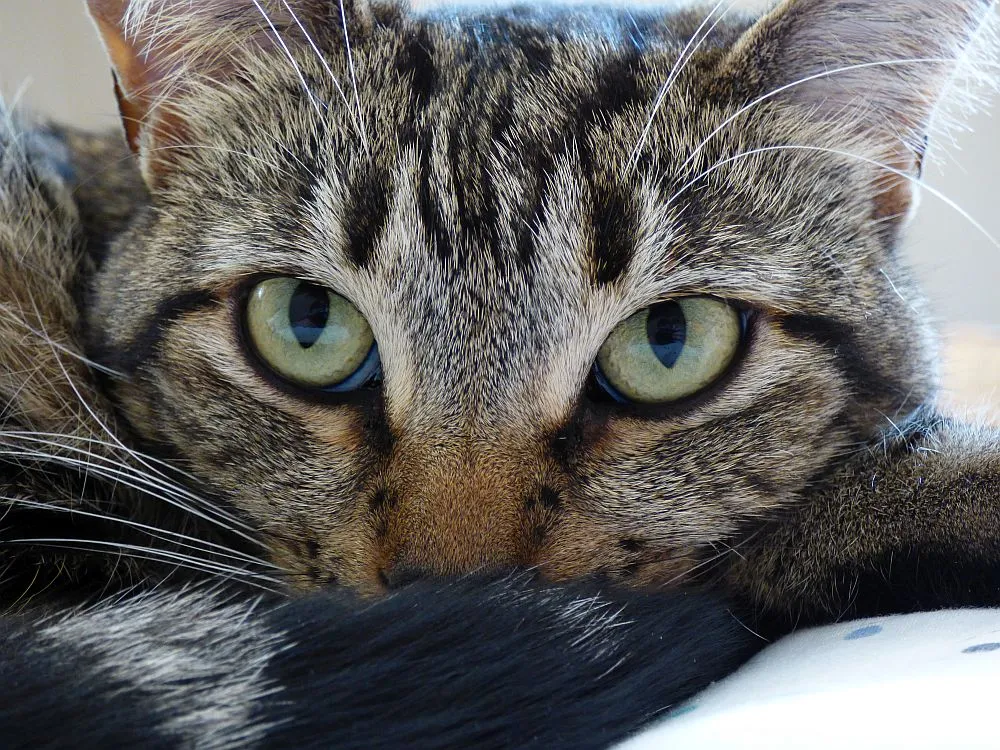
The reasons for raw feeding are many. You can, and probably will, experience a dramatic increase in the health of your pets. Things such as cleaner teeth and fresher breath, shinier, fuller fur coat, increased energy, weight loss in overweight pets, increased vitality and disease-resistance, to name a few.
Now, this is not designed to be a how-to guide on feeding raw. I am fairly new to this myself, and besides that, there are many ways to raw feed, with passionate advocates of each. Basically, you are trying to mimic the natural diet your pet would have in 'the wild'. They were designed as predators and will thrive on this type of food.
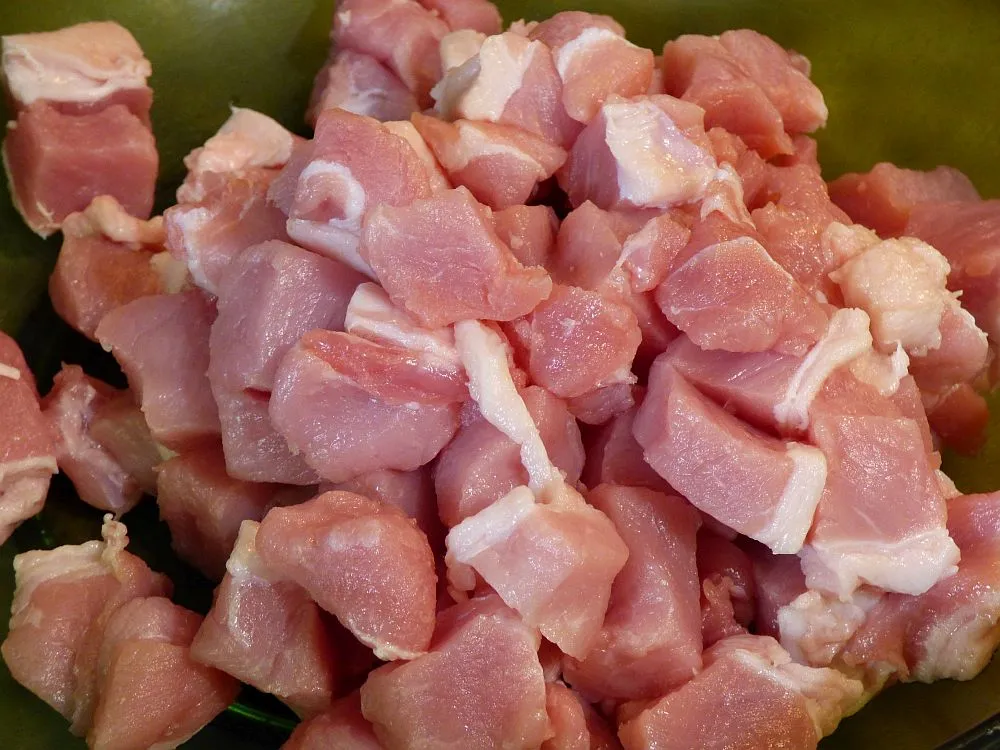
A raw diet needs to consist of muscle meat, organs, and bone material.
There are people who feed whole-prey, but if I did this, my cats and dog would be dragging carcasses around my house and that is super gross. Not to mention, unsanitary. There are ways around this, I'm sure, like crating the animal at feeding time, but for me, feeding prepared raw is the way to go.
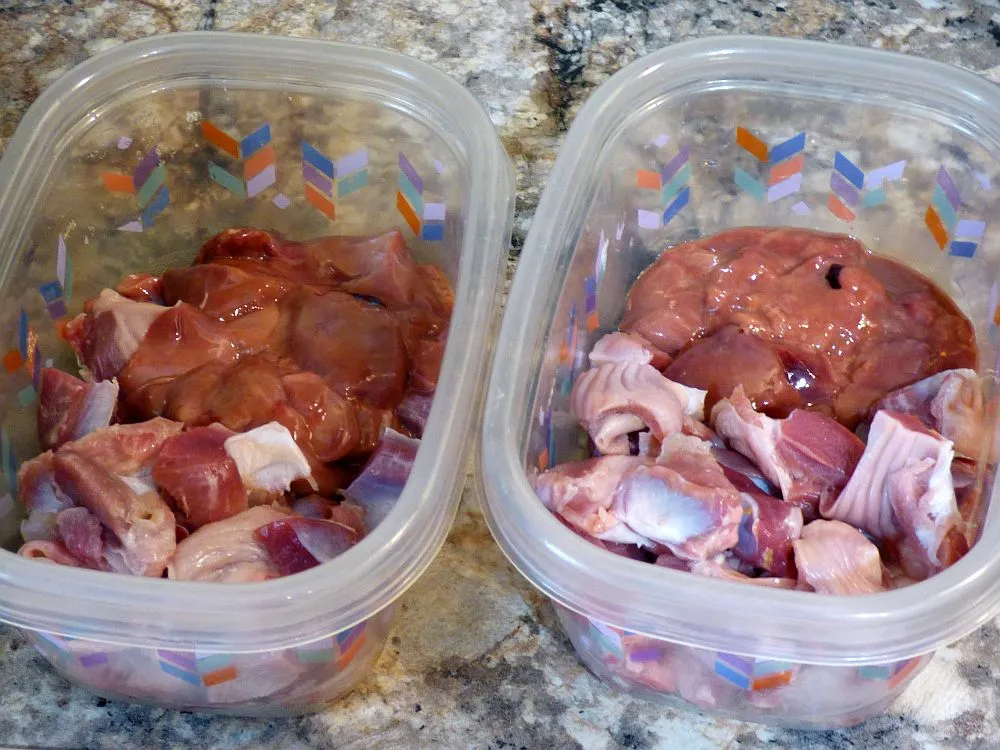
There are pre-made raw diets available, but I cannot really comment on these, since I have never purchased them. They tend to be quite expensive. It is a good option, though, for someone wanting to try out a raw diet on their pets without committing to chopping up a pile of meat.
I generally shop for whatever is the least expensive. I frequently find chicken gizzards, liver, and feet on clearance, and use them. I chop the chicken feed up into small pieces to prevent my pets from dragging them around and chewing on them in a corner somewhere. The chicken feet provide bone material to chew on and digest for clean teeth and ample minerals.
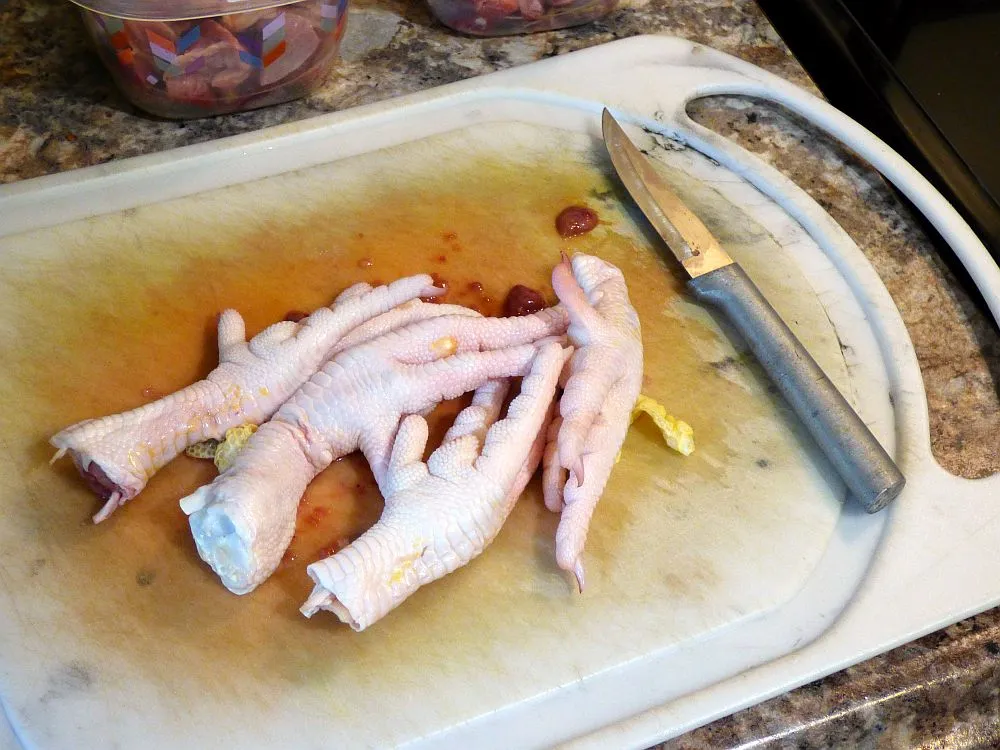
Liver is abundant in iron, among other things. I use chicken and beef liver, whatever is cheapest. Gizzards are 'working muscles', which are high in taurine, which is especially important for cats. Hearts are also great in this way. Besides this, I generally look for discounted meat.
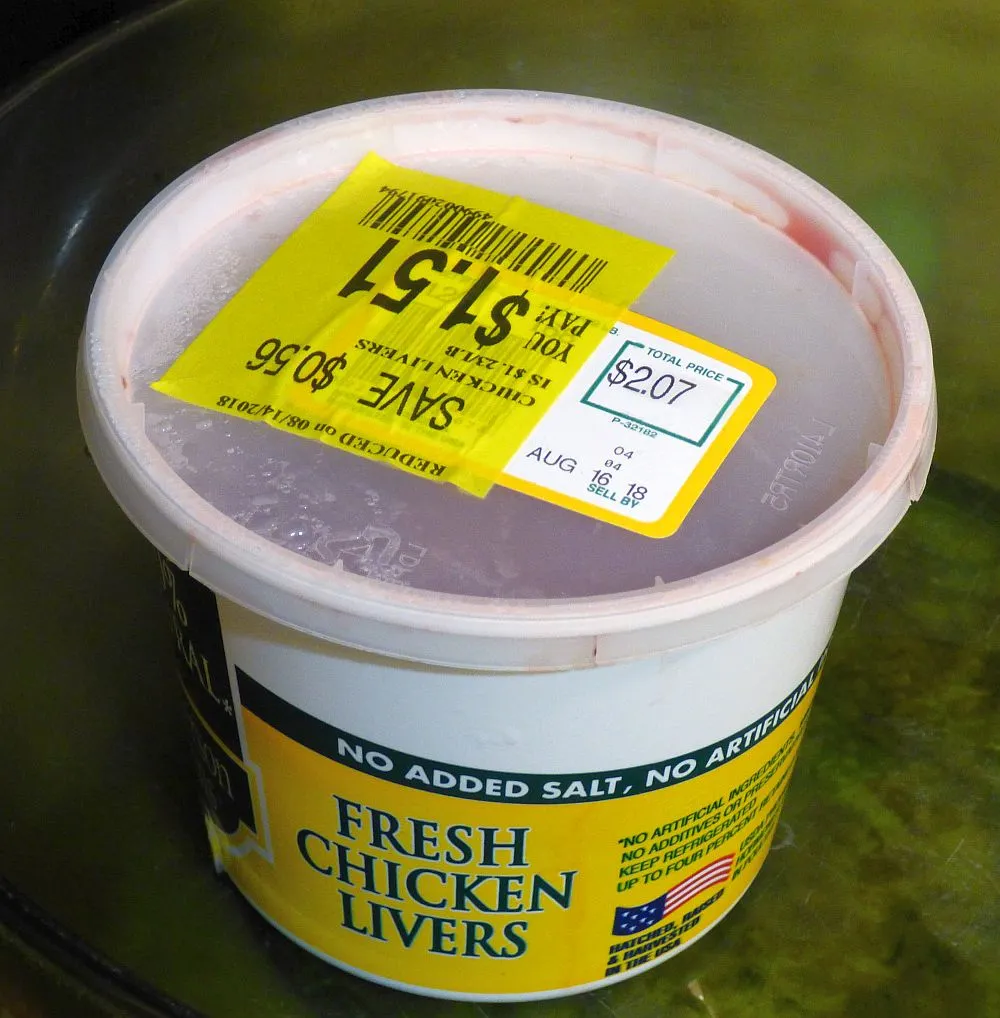
Pork is fine, as well as chicken, beef, and anything else you find that is inexpensive or discounted. I also frequently use ground turkey that I can find very cheap. Obviously, the better quality meat you purchase, the better for your pet, but if you are like me, you need to find a balance between quality and price.
Many people like to ask local butchers and hunters to save unwanted parts of animals, or freezer-burned meat for them. This is a good way to find cheap, or even free additions to your pets' diet
Raw eggs are also a great supplement. I often feed these scrambled slightly with diatomaceous earth mixed in for anti-parasitic properties. If you have a flock of chickens, they can help you immensely in your quest to feed raw, both with eggs and chicken meat. Obviously, home-grown meat is much healthier.
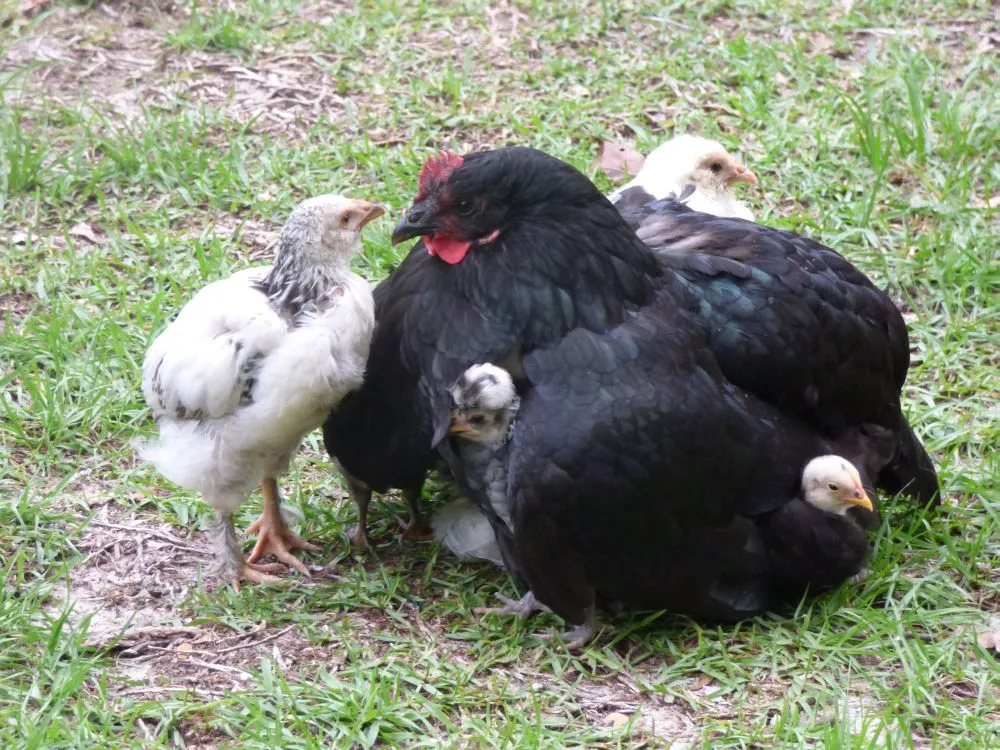
There are many schools of thought regarding raw feeding. I would recommend doing some research if you are seriously considering making the switch. Some people think whole-prey is the only way to go. Some people say dogs need veggies, some say they are harmful. Personally, I add some vegetable matter a few times a week. Some blueberries, some alfalfa sprouts, some leftover broccoli, whatever is available. Cats, however, do not need or do well on vegetable matter.
Basically, I chop up my selection of meat. I like to prepare several containers at once, and freeze what doesn't get used right away. A container may contain chopped pork and chicken, chicken feet, beef liver, and a chicken bone or two. Things like skin and fat are beneficial, as are other organs like kidneys, lungs, testicles, brains, etc. I strive to provide variety, and add different items from different animals in each batch.
Whatever you choose, make sure you provide a balanced diet for your pets. There are many guides online as to sample mixtures. Yes, persnickety pets can be difficult to convince that this raw chunk of meat is actually much BETTER than the crunchy kibble he is used to eating. With some persistence, though, they transition over nicely and end up loving the raw even better than the junk food.
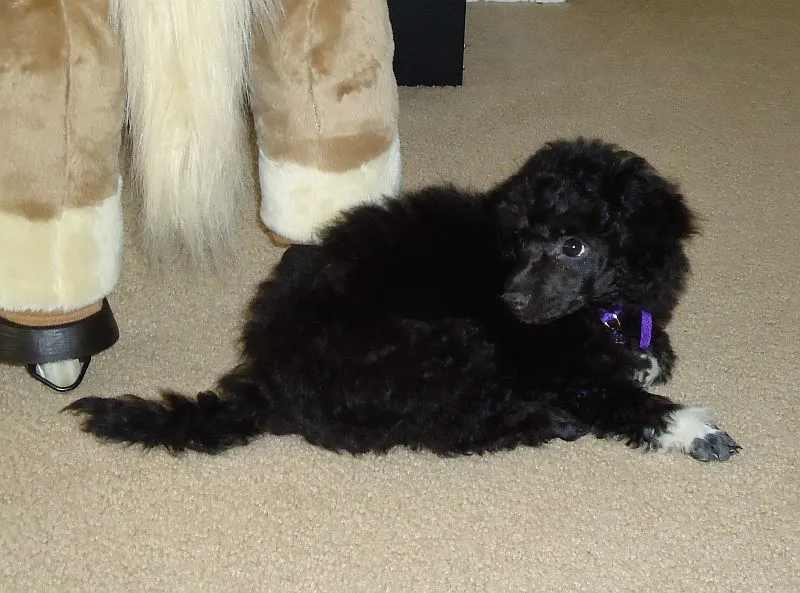

Thanks for reading! Hopefully this answered some of the questions that you may have had. I hope this inspires you to research and consider switching your pets over to a healthy, raw diet! ♥



This work by @SquishySquid is licensed under a Creative Commons Attribution-ShareAlike 4.0 International License.
